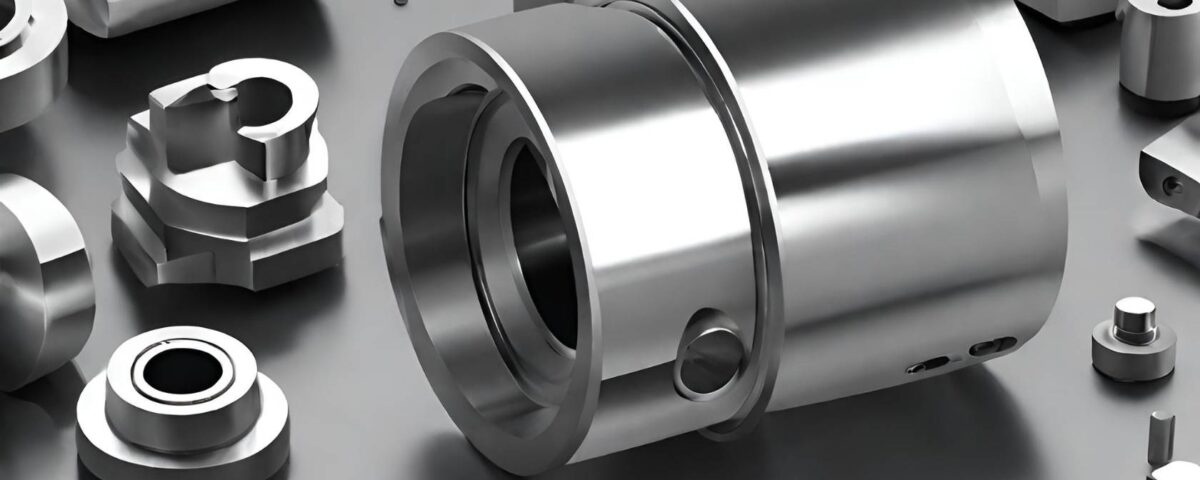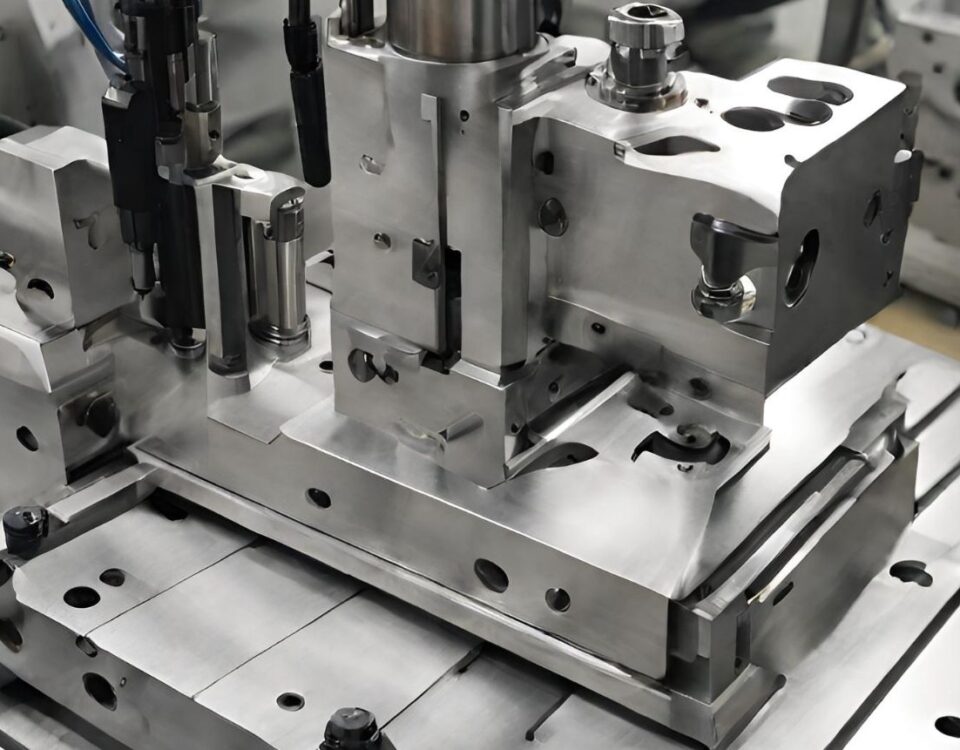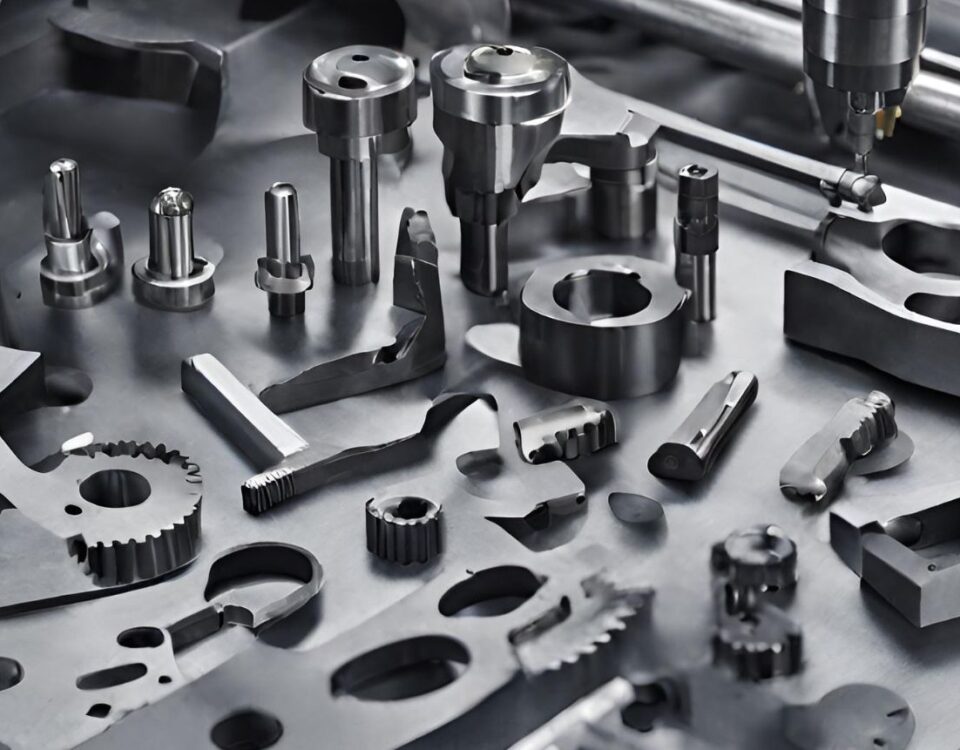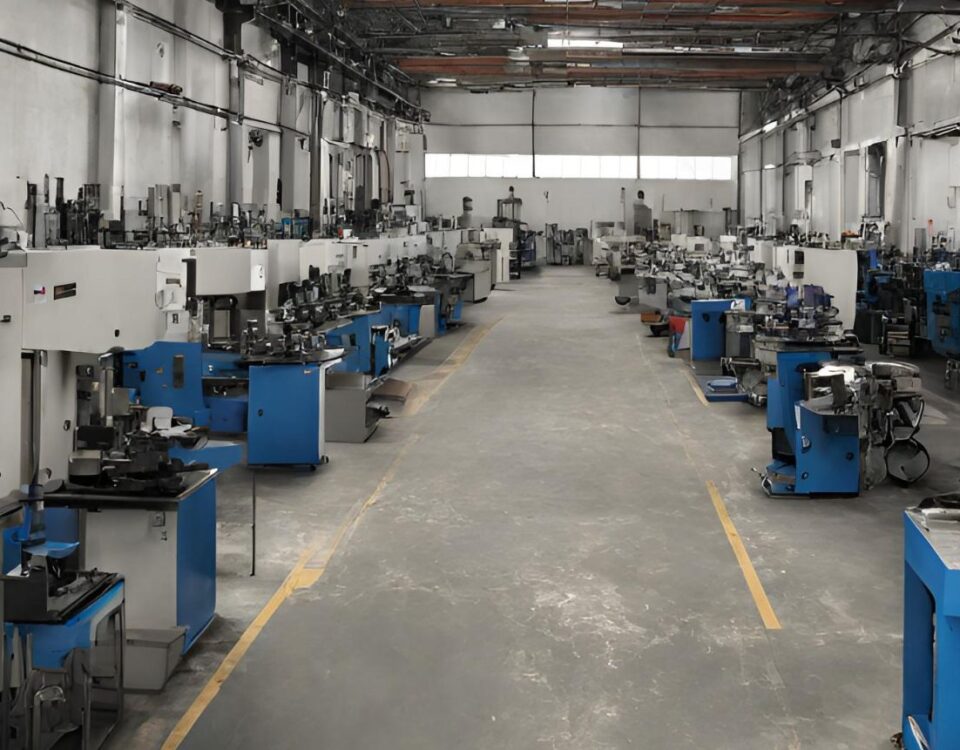The Ultimate Guide to CNC Precision Machining: The Key to Unlocking Unparalleled Precision and Efficiency
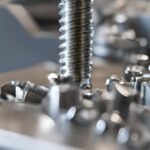
How Can Screw Machining Revolutionize Precision?
7 March 2024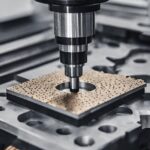
Unleashing the Power of CNC Milling Machines
15 March 2024In the realm of manufacturing, precision and efficiency are paramount. The ability to create intricate parts with absolute accuracy while maximizing productivity has long been the holy grail of industrial production. With the advent of Computer Numerical Control (CNC) precision machining, this goal has become increasingly attainable. This comprehensive guide aims to delve into the intricacies of CNC precision machining, exploring its principles, applications, benefits, and future prospects. By the end, readers will have a profound understanding of how CNC precision machining serves as the linchpin in unlocking unparalleled precision and efficiency in modern manufacturing.
Understanding CNC Precision Machining
At its core, CNC precision machining involves the use of computer-controlled machinery to fabricate complex parts with exceptional accuracy. Unlike conventional machining methods that rely heavily on manual labor and oversight, CNC machining automates the entire process, thereby minimizing human error and maximizing repeatability. The heart of CNC precision machining lies in its ability to interpret digital designs, typically generated using Computer-Aided Design (CAD) software, and translate them into precise movements of cutting tools across various materials such as metal, plastic, or wood.
Key Components of CNC Precision Machining
-
CNC Machines: These are the workhorses of precision machining, ranging from simple mills and lathes to advanced multi-axis machining centers. Each machine is equipped with motors, actuators, and controllers that orchestrate the precise movements required to shape the raw material into the desired form.
-
CAD/CAM Software: Central to the CNC machining process is the CAD/CAM software, which enables engineers and designers to create intricate 3D models of components and generate toolpaths for machining. These software suites provide a seamless interface for designing, simulating, and optimizing manufacturing processes, thereby streamlining the transition from concept to production.
-
Cutting Tools: The selection of cutting tools plays a crucial role in CNC precision machining. Carbide end mills, drills, reamers, and inserts are just a few examples of tools tailored to specific materials and machining operations. By choosing the right tool for the job and optimizing cutting parameters, manufacturers can achieve superior surface finishes and dimensional accuracy.
Applications of CNC Precision Machining
The versatility of CNC precision machining renders it indispensable across a myriad of industries, including aerospace, automotive, medical, and electronics. Here are some notable applications:
-
Aerospace: The stringent tolerances and complex geometries demanded by aerospace components make CNC precision machining indispensable in this sector. From turbine blades to structural components, CNC machining ensures the reliability and performance of critical aircraft systems.
-
Automotive: In the automotive industry, CNC precision machining is instrumental in manufacturing engine components, transmission parts, and chassis components with unparalleled accuracy and consistency. The ability to mass-produce high-quality components at scale has revolutionized automotive production, driving innovation and efficiency.
-
Medical Devices: Precision is paramount in the production of medical devices such as implants, surgical instruments, and prosthetics. CNC machining enables manufacturers to meet the exacting standards of the healthcare industry, delivering products that are not only precise but also biocompatible and safe for use in clinical settings.
-
Electronics: From circuit boards to precision-machined enclosures, electronics manufacturers rely on CNC machining to produce intricate components with tight tolerances. The ability to rapidly prototype and iterate designs accelerates the pace of innovation in the electronics industry, enabling companies to stay ahead of the curve in a competitive market.
Benefits of CNC Precision Machining
-
Unparalleled Precision: CNC machining boasts micron-level accuracy, allowing manufacturers to produce parts with tight tolerances and intricate geometries that would be unattainable using traditional methods.
-
Consistency and Repeatability: With CNC machining, every part produced is an exact replica of the original design, ensuring consistency and repeatability across large production runs.
-
Increased Efficiency: By automating the machining process, CNC technology minimizes manual intervention and idle time, resulting in higher throughput and reduced lead times.
-
Design Flexibility: CNC machining accommodates a wide range of materials, including metals, plastics, and composites, giving designers the freedom to explore innovative concepts without compromising on performance or quality.
-
Cost-Effectiveness: While the initial investment in CNC equipment may be substantial, the long-term cost savings derived from reduced scrap, rework, and labor costs more than justify the expenditure.
Challenges and Considerations
Despite its myriad benefits, CNC precision machining poses certain challenges and considerations that manufacturers must address:
-
Programming Complexity: Writing efficient toolpaths and optimizing cutting parameters requires specialized knowledge and expertise in CAD/CAM programming, which may pose a barrier to entry for some manufacturers.
-
Machine Maintenance: CNC machines require regular maintenance and calibration to ensure optimal performance and accuracy. Failure to maintain equipment properly can lead to downtime and costly repairs.
-
Material Selection: Not all materials are well-suited for CNC machining, and certain alloys or composites may pose challenges in terms of tool wear, chip evacuation, or surface finish.
-
Capital Investment: The upfront cost of CNC equipment and software can be prohibitive for small to medium-sized enterprises (SMEs), necessitating careful financial planning and consideration of alternative financing options.
Future Trends and Innovations
Looking ahead, several trends and innovations are poised to shape the future of CNC precision machining:
-
Advanced Materials: The proliferation of advanced materials such as carbon fiber composites, ceramics, and high-temperature alloys presents new opportunities and challenges for CNC machining, driving the development of specialized tooling and machining strategies.
-
Additive Manufacturing Integration: The integration of additive manufacturing technologies such as 3D printing with CNC machining holds the promise of hybrid manufacturing processes that combine the design freedom of additive techniques with the precision and surface finish of subtractive machining.
-
Industry 4.0 and Smart Manufacturing: The advent of Industry 4.0 technologies, including Internet of Things (IoT) sensors, machine learning algorithms, and cloud-based analytics, is transforming CNC machining into a highly connected and data-driven endeavor, enabling real-time monitoring, predictive maintenance, and adaptive machining strategies.
Conclusion
In conclusion, CNC precision machining represents the pinnacle of modern manufacturing, offering unparalleled precision, efficiency, and versatility across a wide range of industries. By harnessing the power of computer-controlled automation, manufacturers can achieve levels of accuracy and consistency that were once unimaginable, driving innovation and competitiveness in a rapidly evolving global marketplace. As technology continues to advance and new materials and processes emerge, CNC precision machining will remain at the forefront of industrial progress, unlocking new possibilities and pushing the boundaries of what is achievable in the world of manufacturing.

